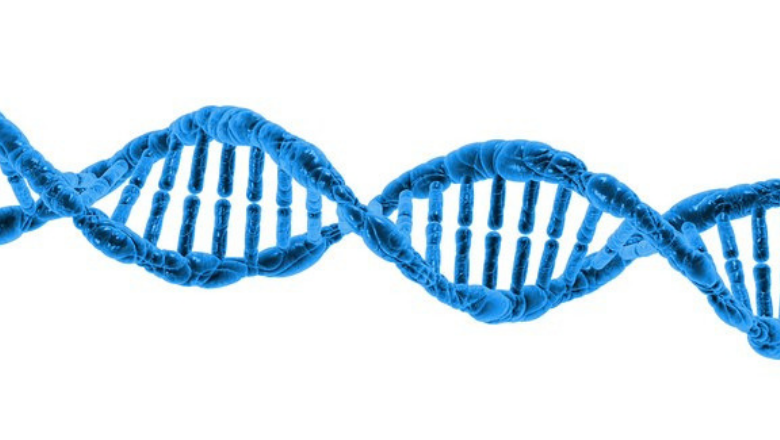IISc develops imaging technique to unravel DNA repair mechanisms and related diseases
August 20, 2023 | Sunday | News
Cutting-edge imaging technique shines light on how DNA strands stack up
image credit- shutterstock
In a new study, researchers at the Department of Biochemistry, Indian Institute of Science (IISc), Bengaluru have used a novel imaging technique to pinpoint how strongly adjacent bases – the building blocks of DNA – stack up on top of each other in a single strand. The findings open up possibilities for building complex DNA nanodevices and unravelling fundamental aspects of DNA structure.
To study all 16 possible base-stacking combinations, the researchers used DNA-PAINT (Point Accumulation in Nanoscale Topography). DNA-PAINT is an imaging technique that works on the principle that two artificially designed DNA strands – each ending on a different base – when put together in a buffer solution at room temperature, will bind and unbind to each other randomly for a very short time.
The team tagged one of the strands (imager strand) with a fluorophore that would emit light during binding and tested the stacking of this strand on top of another docked strand. The binding and unbinding of different strand combinations (based on the end bases) were captured as images under a fluorescence microscope.
The research has broader applications beyond imaging and nanotechnology, according to the scientists. The team hopes that these findings can be used to study fundamental properties of single and double-stranded DNA which, in turn, may shed light on DNA repair mechanisms, the failure of which leads to many diseases including cancer.









